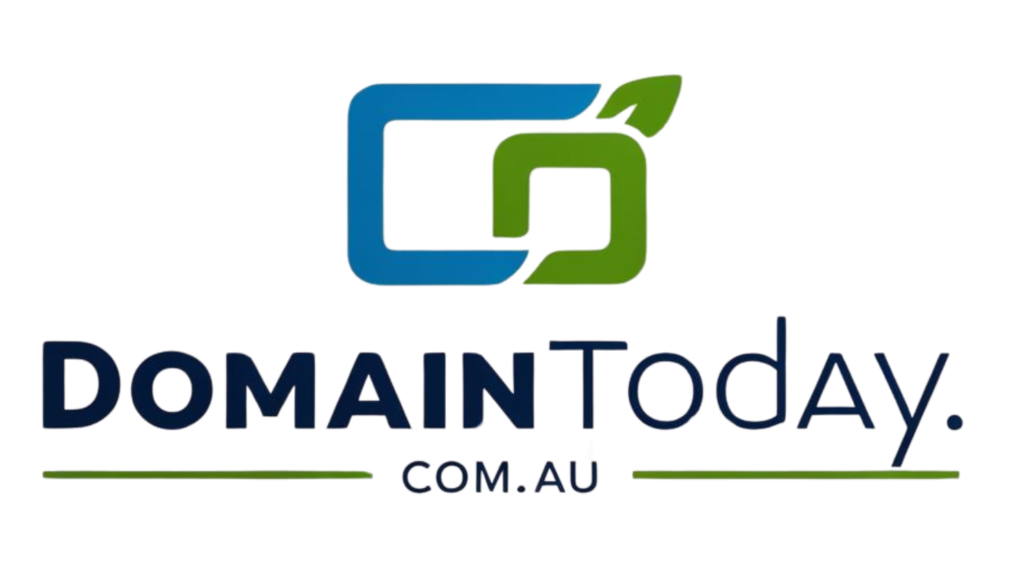As cybersquatting incidents continue to rise, it is crucial to understand the impact and how to respond effectively. Cybersquatting, also known as domain squatting, involves registering or using an Internet domain name in bad faith to exploit the reputation of a trademark owned by someone else. This deceptive practice aims to deceive consumers into accessing counterfeit goods or services, generating revenue through pay-per-click advertising, or obtaining personal information for fraudulent purposes.
The implications of cybersquatting on businesses are significant. It not only confuses consumers who struggle to distinguish authentic websites from fake ones but also leads to financial losses when unsuspecting individuals make purchases or provide sensitive information to malicious actors. As a result, affected companies face reputational damage and loss of consumer trust, impacting their bottom line.
Various forms of cybersquatting exist, including domain warehousing, typo cybersquatting, name jacking, and identity theft cybersquatting. Each method targets different vulnerabilities in the domain registration system, posing unique challenges for businesses trying to protect their online presence and brand integrity. Awareness and vigilance are key to mitigating these risks.
To combat cybersquatting effectively, companies can take proactive measures such as seeking legal assistance, filing complaints under the Uniform Domain Name Dispute Resolution Policy, issuing cease-and-desist letters, purchasing infringing domains, monitoring domain registrations, and educating consumers about potential threats. By adopting a multi-faceted approach, organizations can enhance their defenses against cybersquatting attacks.
The year 2024 witnessed a surge in cybersquatting incidents, with expectations of further escalation in 2025. This trend underscores the urgency for businesses to fortify their cybersecurity measures and safeguard against malicious actors seeking to exploit their brands for illicit gains. By understanding the tactics employed by cybersquatters and implementing proactive strategies, companies can better protect themselves from falling victim to these fraudulent practices.
Experts emphasize the importance of staying informed about evolving cyber threats, including cybersquatting, and taking proactive steps to mitigate risks. As technology continues to advance, businesses must remain vigilant and adapt their security protocols to safeguard their online assets and uphold consumer trust. By prioritizing cybersecurity measures and staying ahead of emerging threats, organizations can better protect their digital presence and reputation in an increasingly interconnected world.
📰 Related Articles
- US-China Trade Talks Impact Global Businesses and Supply Chains
- Rising USPS Stamp Prices Impact Wedding Invitation Budgets
- Rising Concerns Over Ultra-Fast Fashion’s Environmental Impact in Europe
- Rising Coffee Prices Impact Australia’s Cafe Culture Evolution
- Cafe Industry Struggles Amid Rising Costs and Insolvency Threat






